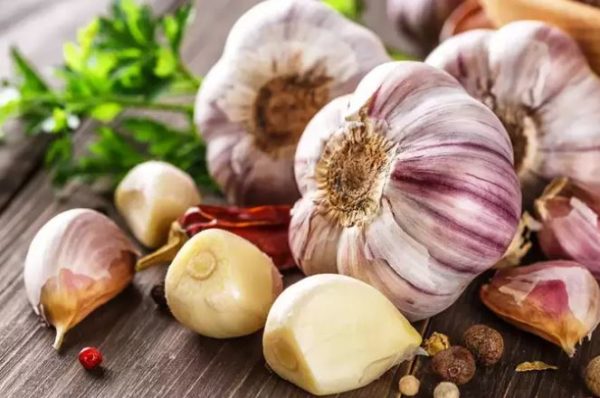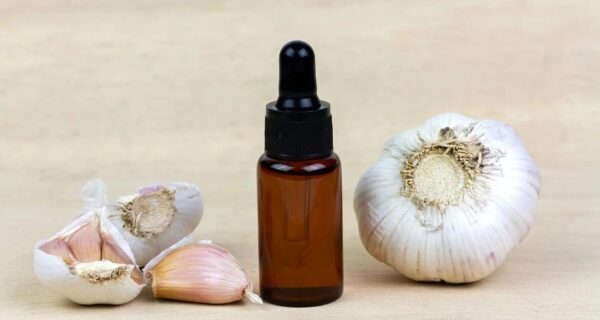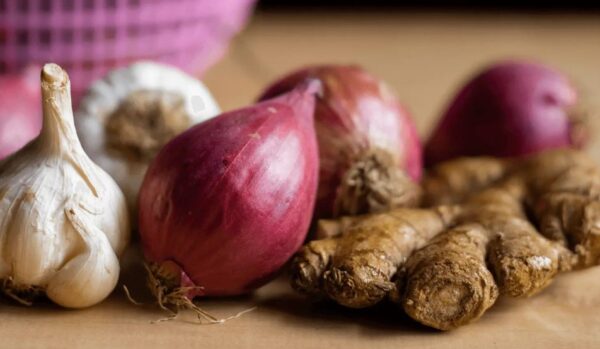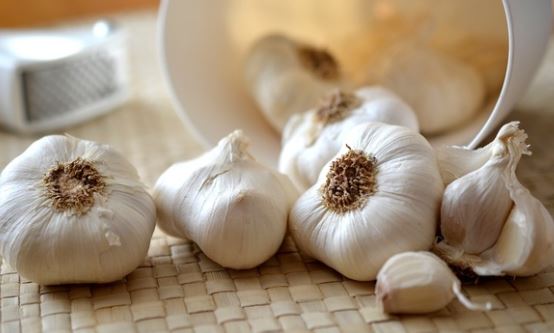Lifestyle
Don’t have garlic at home? Here are 3 substitutes you can use in your dishes

Garlic is widely used in different cuisines across the world for several reasons.
Primarily, it is due to its distinctive flavour and aroma. It adds a unique depth and complexity to dishes, enhancing their overall taste profile.
Garlic has a pungent and slightly spicy taste that can range from mild to bold, depending on how it’s prepared. Its flavour can be described as savoury, earthy, and even slightly sweet when cooked.
Garlic is known for its ability to elevate the flavours of various cuisines, whether used as a key ingredient in Mediterranean dishes, Asian stir-fries, or hearty stews.
Its versatility allows it to be used in countless recipes, including sauces, marinades, soups, and roasted meats.
Beyond its taste, garlic also offers numerous health benefits. It contains compounds like allicin, which has been associated with potential immune-boosting and antioxidant properties.
Overall, garlic is cherished for its ability to transform ordinary dishes into extraordinary culinary experiences, making it a beloved ingredient in kitchens worldwide.
But, what if you like certain dishes and you don’t have it at home? Or if you are allergic to garlic, then what should you use instead of garlic in different recipes?
Here are a few substitutes of garlic that you can try in your dishes.
1. Chives
Chives can serve as a viable substitute for garlic, particularly when looking for a milder and herbaceous flavour. While chives don’t possess the same pungency or intensity as garlic, they can still add a pleasant onion-like taste to dishes. Chives are known for their delicate and fresh flavour profile, with a hint of mild onion. When using chives as a garlic substitute, consider chopping or mincing them finely and adding them towards the end of the cooking process to preserve their delicate flavour. Keep in mind that the flavour of chives is not as potent as garlic, so you may need to use a larger quantity to achieve a similar impact. However, chives can be a great alternative in recipes where you prefer a milder garlic-like essence or when garlic is not available.
2. Asafoetida
Asafoetida can be used as a substitute for garlic, especially when garlic flavour is desired. Asafoetida is a resin derived from the Ferula plant and has a pungent and savoury aroma reminiscent of garlic and onions. It is commonly used in cuisines as a flavour enhancer. To use asafoetida as a garlic substitute, you’ll typically find it in powdered form. Start by using a small pinch or 1/4 teaspoon of asafoetida powder to replace the flavour of one clove of garlic. Keep in mind that asafoetida is potent, so a little goes a long way. It should be added to hot oil or ghee at the beginning of the cooking process to release its flavours. Asafoetida can provide a similar depth and umami taste to dishes, making it a suitable alternative when garlic is unavailable or needs to be avoided.
3. Garlic powder
Garlic powder can be a convenient and easily accessible substitute for fresh garlic. It offers a concentrated flavour and aroma that closely resembles fresh garlic, although it may not provide the exact same texture. When using garlic powder as a substitute, you can generally use 1/8 teaspoon of garlic powder for each clove of fresh garlic required in a recipe. Adjust the amount based on your taste preferences and the intensity of the garlic powder you have. Keep in mind that garlic powder is more potent than fresh garlic, so it’s advisable to start with a smaller amount and gradually add more if needed. Additionally, since garlic powder lacks the moisture of fresh garlic, you may want to slightly reduce the liquid ingredients in your recipe to avoid altering the overall consistency. Garlic powder can work well in many dishes, including soups, stews, marinades, and dry rubs, providing a convenient alternative when fresh garlic is not on hand.










